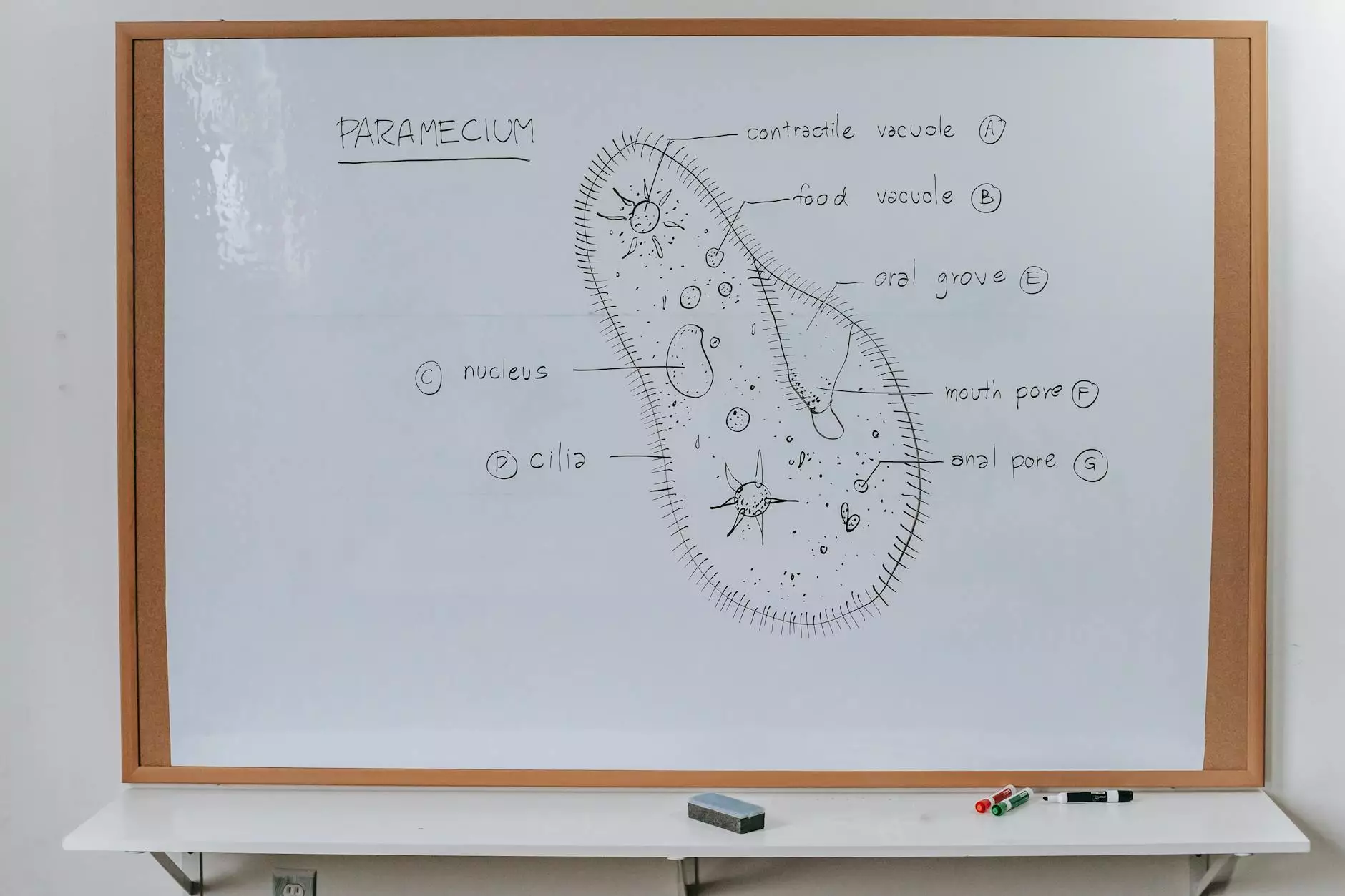Harnessing the Power of Solar Powered Water Pumps

In today's world, where sustainability is a looming necessity, renewable energy sources like solar power are becoming increasingly popular. One significant application of solar technology is in the field of water management, particularly through the use of solar powered water pumps. These innovative devices utilize the sun's energy to pump water, providing an efficient and eco-friendly solution for various applications.
What is a Solar Powered Water Pump?
A solar powered water pump is a device that uses solar energy to pump water from one location to another. It comprises a solar panel, a pump, and a controller who converts sunlight into electricity. This electricity powers the pump, which can then be used for numerous purposes, such as irrigation, livestock watering, and residential water supply. The significant advantage here lies in the absence of electricity bills and the reduction of carbon footprints.
The Advantages of Solar Powered Water Pumps
Implementing a solar powered water pump system carries numerous benefits, making it an ideal choice for both residential and commercial applications. Here are some of the standout advantages:
- Environmental Sustainability: Traditional water pumps rely on fossil fuels or grid electricity. By contrast, solar powered pumps harness renewable solar energy, which significantly reduces greenhouse gas emissions.
- Cost-Effectiveness: After the initial investment, solar pumps incur minimal operational costs. With no fuel needed and low maintenance, they can save money over time.
- Energy Independence: These pumps operate independently of the electrical grid, making them a perfect solution for remote or rural areas where traditional power sources are unavailable.
- Reliability: Solar powered water pumps are less likely to fail compared to conventional pumps, as they have fewer mechanical components. With minimal maintenance, they can provide a consistent water supply.
- Versatility: They can be used in various applications—including agriculture, aquaculture, and even drinking water supply—making them highly adaptable to different needs.
Types of Solar Powered Water Pumps
Understanding the types of solar powered water pumps available on the market can help you decide which one best suits your needs:
1. Submersible Pumps
Submersible pumps are designed to be submerged in water. They are ideal for wells, deep water sources, and similar applications. These pumps are efficient, powerful, and often capable of lifting water from various depths. Their design minimizes noise and maximizes efficiency, making them a favorite among users.
2. Surface Pumps
Surface pumps, on the other hand, are installed above ground. They work by drawing water from a source, such as a river or a pond. These pumps are generally easier to maintain and install, making them suitable for irrigation and water supply in areas where the water source is not too deep.
3. Diaphragm Pumps
Diaphragm pumps are versatile and can handle liquids with solids — particularly useful in agricultural settings where water may carry debris. These pumps operate using a diaphragm that moves up and down, creating a vacuum that draws water in and pushes it out.
Applications of Solar Powered Water Pumps
The utility of solar powered water pumps spans numerous sectors. Here are some critical applications:
Agricultural Irrigation
One of the primary uses of solar water pumps is in agricultural irrigation. Farmers can effectively utilize solar pumps to irrigate crops, ensuring efficient water use without the recurrent costs associated with traditional power sources.
Livestock Watering
Providing drinking water to livestock is essential for agriculture. Solar powered water pumps can be strategically placed around fields to ensure that water is always accessible for animals, promoting better health and productivity.
Residential Water Supply
For homeowners in rural areas, a solar powered water pump can supply running water to homes without relying on the electrical grid. This ensures a steady supply of water for household needs.
Aquaculture
The aquaculture industry can also benefit from solar powered pumps. They can supply oxygenated water to fish farms, promoting healthier aquatic life and higher yields.
How to Choose the Right Solar Powered Water Pump
Choosing the right solar powered water pump involves considering several factors:
- Water Source: Determine if you need a submersible or surface pump based on your water source's depth.
- Flow Rate: Assess how much water you need on a daily basis. This will help you find the right pump with an appropriate flow rate.
- Solar Panel Capacity: Ensure the solar panels can provide enough energy to operate the pump efficiently, even during cloudy days.
- Quality and Durability: Look for pumps from reputable manufacturers that ensure resilience against harsh weather and water conditions.
- Installation Requirements: Consider whether you’ll need professional installation or if it’s a DIY project.
Installation and Maintenance Tips
Once you’ve selected the ideal solar powered water pump, proper installation and maintenance are crucial:
Installation
- Site Selection: Choose a location that receives optimal sunlight exposure throughout the year.
- Mount the Solar Panels: Ensure solar panels are mounted securely, facing the sun to maximize energy absorption.
- Connect the System: Follow manufacturer instructions carefully to connect the pump and solar panels properly.
- Test the System: Once installed, test the system to ensure everything is functioning correctly.
Maintenance
Regular maintenance ensures the longevity of your solar powered water pump:
- Clean the Solar Panels: Keep solar panels free from dirt and debris to ensure maximum sunlight absorption.
- Inspect for Wear: Regularly check hoses and fittings for signs of wear or leaks.
- Check the Pump: Monitor the pump’s performance and listen for unusual sounds that may indicate it’s time for servicing.
Cost Analysis of Solar Powered Water Pumps
Investing in a solar powered water pump involves considering both the initial and the long-term costs:
Initial Costs
The upfront costs include purchasing the pump, solar panels, batteries, and any required fittings. Prices can vary based on the size and complexity of the system. An average solar pump system can cost anywhere from $1,000 to over $5,000.
Long-Term Savings
The long-term savings become apparent through:
- Reduced Electricity Bills: With solar power, you eliminate electricity dependence, significantly lowering bills.
- Minimal Maintenance Costs: Solar pumps typically require less upkeep than their fuel-powered counterparts.
- Increased Property Value: Solar installations can enhance property value and attractiveness, especially in eco-conscious markets.
Conclusion
In conclusion, solar powered water pumps represent a revolutionary step forward in sustainable technology. Their versatility, cost-effectiveness, and minimal environmental impact make them an ideal choice for individuals and businesses alike, particularly in areas where traditional water supply methods are impractical or expensive. As the world shifts towards greener practices, implementing solar powered water pumps can significantly contribute to this growing trend.
Embracing such innovations not only helps preserve our environment but also ensures a resilient and cost-effective solution to water supply challenges. Whether you're in agriculture, aquaculture, or simply seeking a sustainable residential water solution, investing in a solar powered water pump from a reputable source like bmgreat.com is a smart move to secure your groundwater resources for years to come.









